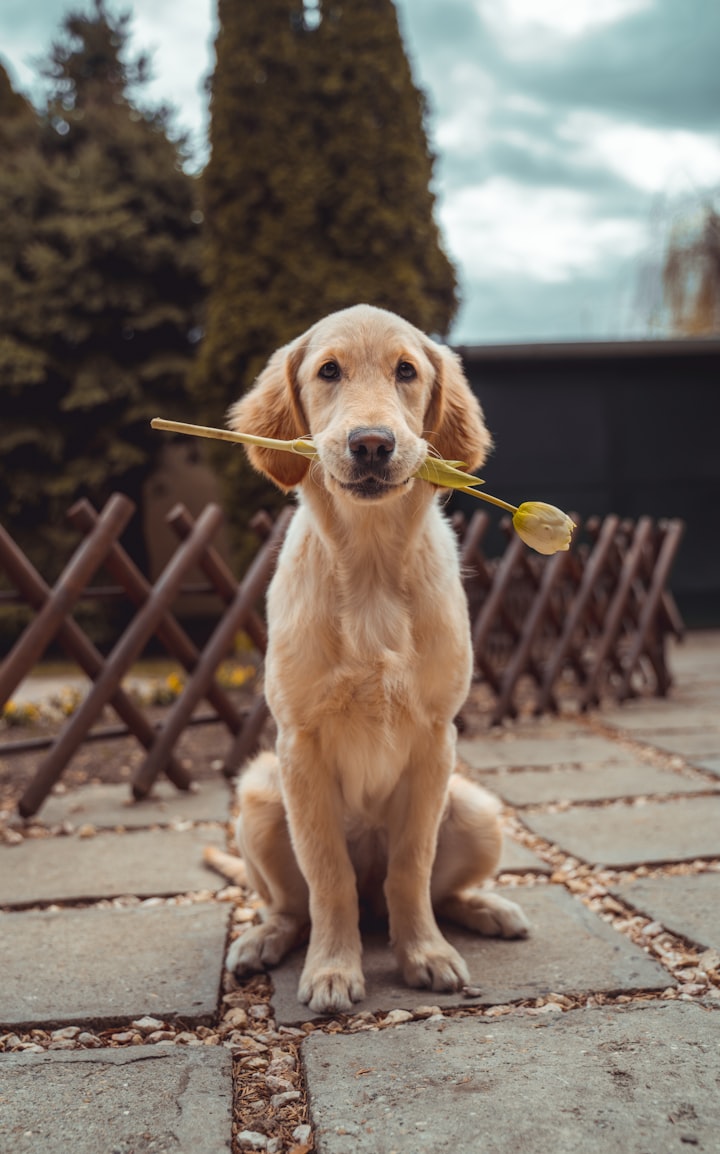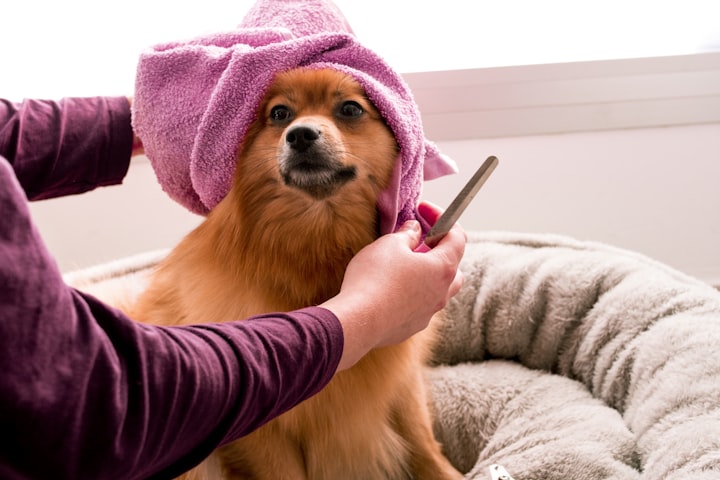Achieving Consistent Dog Behavior: From Indoors to Outdoors
Harmonizing Canine Conduct: Seamlessly Transitioning Behaviors Between Indoor Comfort and Outdoor Adventures

Having a dog that behaves beautifully indoors but transforms into a completely different pup once outside can be quite a challenge. It's not uncommon for dogs to display varying behavior in different environments. The good news is that with patience, consistent training, and a few well-defined strategies, you can help your furry friend become a well-balanced and well-behaved companion both indoors and outdoors.
Transition Training:
Transitioning from indoor behavior to outdoor behavior requires gradual exposure and positive reinforcement. Start by taking short walks in familiar surroundings. Reward your dog when they exhibit good behavior outdoors, such as walking calmly on a leash or responding to commands. Extend the duration of outdoor sessions as your dog becomes more comfortable.
Consistent Commands:
Use the same commands both indoors and outdoors. For example, if your dog listens to "sit" indoors, practice the command outdoors as well. This consistency helps your dog understand that the rules apply everywhere, reinforcing good behavior across different environments.
Distraction Training:
Dogs can be easily distracted outdoors by various stimuli like other dogs, people, or new scents. Train your dog to focus on you despite distractions. Start with basic commands in a controlled outdoor environment and gradually increase the distractions. Reward your dog when they maintain focus and follow commands.
Socialization:
Socializing your dog is crucial for balanced behavior. Organize playdates with well-behaved dogs, visit dog parks, and expose your dog to different people and situations. Positive interactions outdoors will help your dog develop better social skills and reduce anxiety.
Desensitization:
If your dog exhibits anxiety or fear outdoors, desensitization can be helpful. Gradually introduce them to outdoor environments, starting with less crowded areas. Use positive reinforcement and treats to create positive associations with being outdoors.
Reward-Based Training:
Positive reinforcement is a powerful tool. Whenever your dog behaves well outdoors, reward them with treats, praise, or toys. Over time, they'll associate good behavior with positive outcomes, making them more likely to repeat it.
Engagement and Play:
Engaging your dog with interactive toys or games outdoors can help them burn off excess energy, making them more focused and attentive. It's also an excellent opportunity to bond and build positive associations with outdoor activities.
Calming Techniques:
Teaching your dog calming cues like "relax" or "settle" is a valuable skill that can help your dog remain composed and comfortable in various situations. Here's an expanded explanation of how to implement these calming techniques:
Step 1: Establish the Cue Indoors
Choose a Calm Environment: Begin in a quiet and familiar indoor space where your dog feels relaxed. This could be a cozy corner or a designated resting area.
Associate the Cue with Calmness: Use a soft and soothing tone to say the chosen cue ("relax" or "settle") while your dog is already in a calm state. Pair the cue with gentle petting, massages, or offering treats. The goal is to create a positive association between the cue and a relaxed mindset.
Repetition and Reinforcement: Practice this cue multiple times during different moments of the day when your dog is naturally calm. Always reward your dog with praise and treats when they respond to the cue by staying still and composed.
Extend the Duration: Gradually increase the amount of time your dog remains in the relaxed state when you give the cue. Start with just a few seconds and gradually work up to a minute or more. Continue rewarding them for their patience.
Step 2: Apply the Cue Outdoors
Choose a Calm Outdoor Spot: Once your dog is consistently responding to the calming cue indoors, take the training outdoors. Begin in a quiet, low-distraction area where your dog is less likely to get overwhelmed.
Reinforce the Cue: Use the calming cue ("relax" or "settle") in the outdoor setting while maintaining the same gentle tone. Your dog might be more alert outdoors, so be patient if they take a moment to respond.
Reward for Compliance: When your dog follows the cue and demonstrates calm behavior outdoors, offer immediate praise and treats. Positive reinforcement helps your dog understand that the cue applies regardless of the location.
Gradually Increase Difficulty: As your dog becomes more comfortable with the calming cue outdoors, gradually introduce mild distractions. This could include low-level noises, gentle movements, or other dogs at a distance. Continue rewarding your dog's calm responses.
Step 3: Consistency and Progression
Practice Regularly: Incorporate the calming cue into your daily routine, both indoors and outdoors. Consistency is key to reinforcing the behavior.
Increase Exposure: Over time, expose your dog to slightly busier environments while using the calming cue. This might include areas with more people, other dogs, or moderate activity.
Be Patient: Remember that this process takes time. Some dogs might progress quickly, while others might need more practice. Always tailor the training to your dog's pace.
Step 4: Reinforce and Celebrate Progress
Celebrate Achievements: Whenever your dog demonstrates the ability to relax and settle outdoors, celebrate their progress with praise, treats, and affection.
Continue Positive Associations: Keep using the calming cues even after your dog becomes more adept at remaining composed outdoors. This will reinforce the behavior and ensure that your dog stays calm in various situations.
Conclusion:
Remember that consistency, patience, and positive reinforcement are key when striving to achieve balanced behavior in your dog, regardless of the environment. With dedicated training and gradual exposure, your four-legged friend can become a well-mannered and well-adjusted companion both indoors and outdoors.
Discover additional methods to provide the best care for your beloved canine companion. Click Here Now!
About the Creator
Big Dog Shopping
Big Dog Shopping was created with the needs of big dog parents in mind. We understand the challenges of finding products that are suitable for larger breeds. We featuring only the highest quality products.





Comments
There are no comments for this story
Be the first to respond and start the conversation.